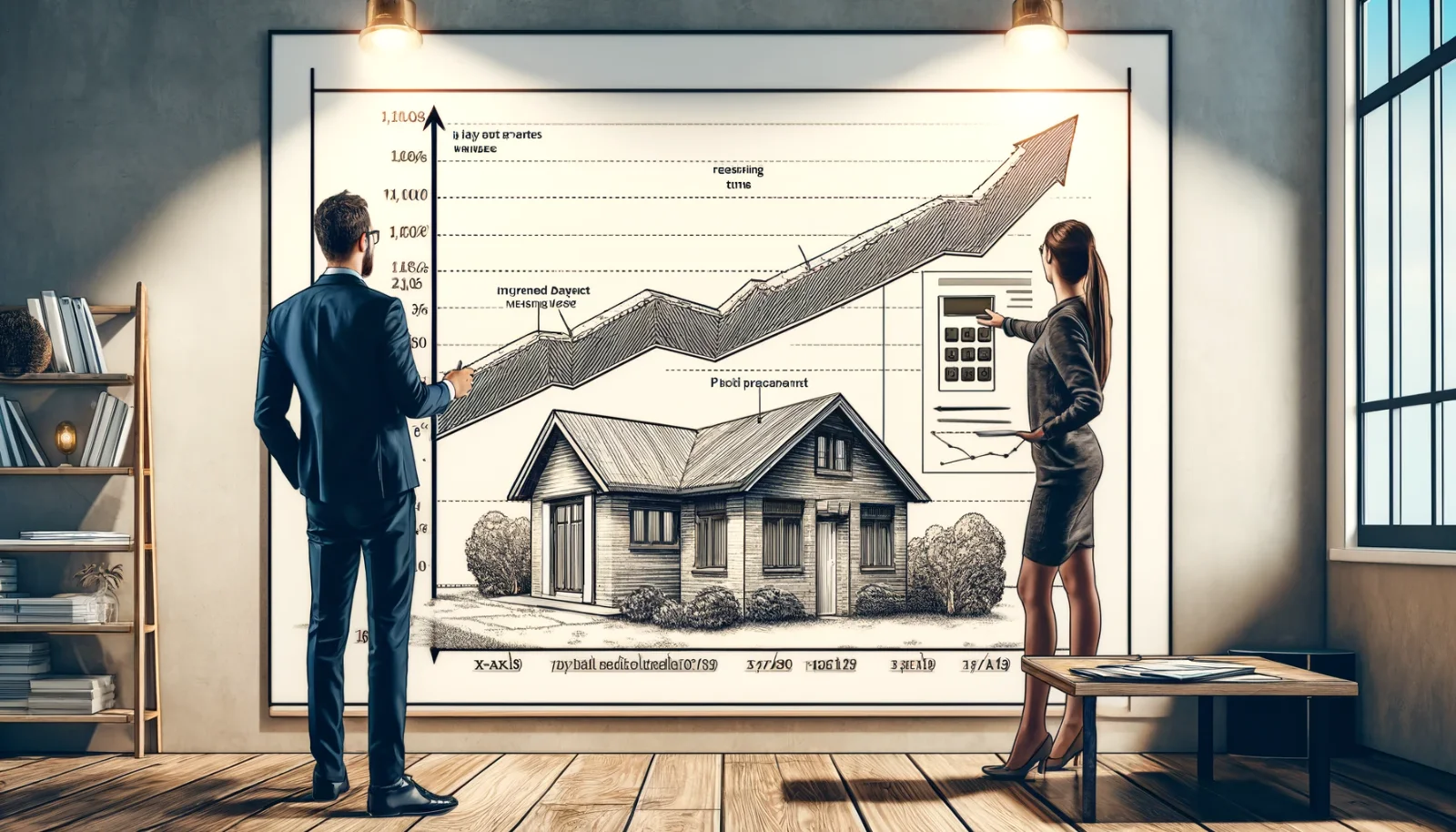A Graduated Payment Mortgage (GPM) is an alternative financing option designed to cater to borrowers who expect their incomes to increase over time. This mortgage type offers lower initial payments that gradually increase on a predetermined schedule.

A Graduated Payment Mortgage is a type of fixed-rate mortgage where the payment starts at a lower level and increases at scheduled intervals. This loan structure is specifically designed to match borrowers' expected future income increases, making homeownership more accessible in the early years of a career.
The structure of a GPM involves several key phases, generally spanning over 5 to 10 years, during which the monthly payment increases annually. The initial payments typically cover less than the accruing interest, a phenomenon known as negative amortization, which results in an increasing overall loan balance in the early stages. After the initial period, the payments increase sufficiently to cover all the interest and start to reduce the principal balance.
Here is an example of a $300,000 Graduated Payment Mortgage with a 30-year term and a starting interest rate of 5%. Here’s a simple table to illustrate how the payments might increase:
| Year | Monthly Payment | Principal Paid | Interest Paid | Principal Balance |
|---|---|---|---|---|
| 1 | $1,000 | $200 | $1,250 | $300,050 |
| 2 | $1,200 | $400 | $1,250 | $299,850 |
| 3 | $1,450 | $650 | $1,250 | $299,200 |
| 4 | $1,750 | $950 | $1,250 | $298,250 |
| 5 | $2,100 | $1,300 | $1,250 | $296,950 |
This table shows how the payments evolve, initially growing to keep pace with an assumed increase in the borrower’s income.
Affordability: Initial lower payments make it easier for young professionals to afford a home as they build their careers.
Flexibility: As income grows, the mortgage adjusts to become more manageable relative to the borrower's financial situation.
Higher Total Cost: The negative amortization and higher interest rates typically associated with GPMs mean that the total cost over the loan's life can be higher than standard fixed-rate mortgages.
Payment Shock: If income does not increase as anticipated, borrowers may find later payments difficult to manage.
Compared to standard fixed-rate mortgages, GPMs offer lower initial payments but can result in higher overall interest costs. Adjustable-rate mortgages (ARMs) may offer lower initial rates, but unlike GPMs, the rate changes are dependent on market conditions, which can introduce financial uncertainty.
GPMs are ideal for individuals who are early in their careers in fields that anticipate regular, substantial salary increases, such as medicine or law. They are also suitable for those who are confident in their future earning power but currently lack the financial means to make higher initial payments.
Yes, GPMs have predetermined increase caps which protect borrowers from drastic jumps in payments.
Generally, yes, due to the higher interest costs from initial negative amortization and potentially higher rates.
Equity build-up can be slower initially due to negative amortization but will increase as larger payments toward principal begin.